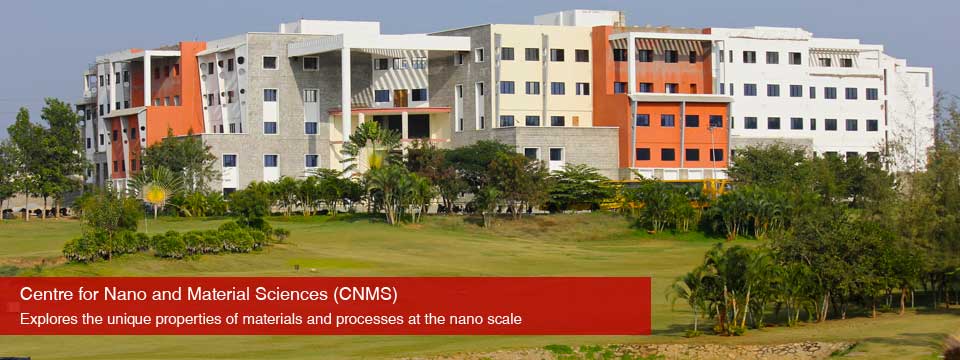Research interests:
Nanoscience and nanotechnology is a highly multidisciplinary field of applied science and technology covering a broad range of topics. Nanomaterials are single-phase or multiphase polycrystals with a typical crystal size of about 1 to 100 nm in at least 1D. Nanochemistry is concerned with the development of novel methods for the synthesis and characterization of materials in nanodimensions. The interest in nanoscale objects is due to the exhibition of different novel properties. Nowadays, the synthesis, characterization and application of nanomaterials represent a highly dynamic area in both scientific research and business communities. Definitely, the synthesis of nanoparticles is the crucial step in this area.
Since membranes are competitive with conventional technology, membrane process needs to be operated with a high flux rate, have a high degree of selectivity and must have a high resistance to fouling. There are three main areas of interest when it comes to improving membrane performance: the synthesis process, the application process, and post-synthesis modification. The synthesis process involves the techniques, improving the materials and methods of the manufacturing processes to produce a high performance membrane. The application process involves the specific operating parameters for a membrane system. These include selecting the raw water characteristics, operating pressure and cleaning at regular intervals to allow the system to operate at maximum efficiency. All the three areas will be focuses in this work.
Blending is another classical technique for membrane modification. Compared to coating and grafting methods, blending results in change of the surface chemistry as well as the pore size of the membrane. The most popular blending method is to directly mix hydrophilic */macromolecules with membrane matrix, which makes the easy removal of hydrophilic material from the feed solution. Subsequently, amphiphilic copolymers have received much attention to enhance membrane hydrophilicity because, the hydrophilic segments can be “anchored” onto the hydrophobic membrane matrix in order to keep the hydrophilic segments stable. Moreover, it has been reported that the hydrophilic segments always aggregate onto the surface of the membrane and pore channels, thereby providing better anti-fouling property to membranes.
|
|



